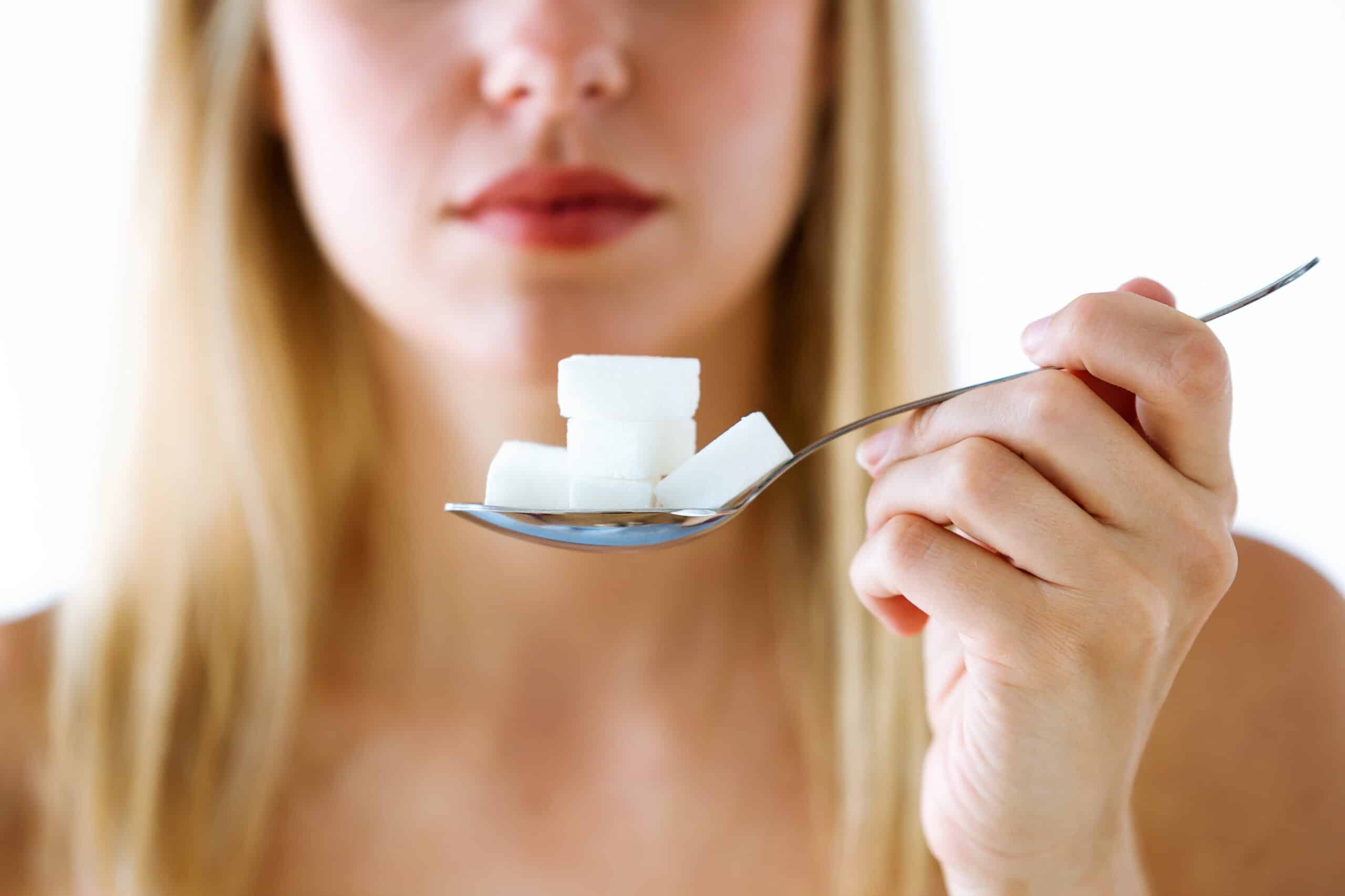By John Salak –
It’s hard to argue for the benefits of sugar. Just about every health-related organization from Harvard’s Medical School to the National Cancer Institute, Americans and beyond decry the over-consumption of sugar. Americans simply eat too much of it—like on average 24 teaspoons a day instead of maybe six. This overabundance of sweet things is a fast track to cardiovascular disease and diabetes, among other problems, as WellWell has reported. No surprises here or there.
Well, what may come as a surprise is that the University of Copenhagen just reported that two to three percent of Greenlanders have a gene variant that allows them to absorb sugar differently than others. They may actually benefit from chowing down on sweets, making them healthier and able to get and maintain that sought-after beach bod. Say what?
“Adult Greenlanders with the genetic variation have lower BMI, weight, fat percentage, cholesterol levels and are generally significantly healthier. They have less belly fat and might find it easier to get a six-pack. It is amazing and surprising that a genetic variation has such a profoundly beneficial effect,” reported Anders Albrechtsen, a biology professor at the university. 
Albrechtsen and colleagues from Denmark and elsewhere reached their conclusions after analyzing data from more than 6,500 Greenlanders and then conducting experiments on mice. They found that those with this certain genetic variation have a sucrase-isomaltase deficiency. In laymen’s terms, this means they don’t absorb sugar directly into the bloodstream. Instead, it goes directly into their intestines.
Amazingly, this process triggers all sorts of health benefits. “Here, gut bacteria convert the sugar into a short-chain fatty acid called acetate, which in previous studies has been shown to reduce appetite, increase metabolism and boost the immune system. That is most likely the mechanism happening here,” explained the study’s first author Mette K. Andersen.
Why are some Greenlanders blessed with a variant gene? Chances are it is a byproduct of their culture’s unique diet over the centuries. “It is probably due to Greenlanders not having had very much sugar in their diet. For the most part, they have eaten meat and fat from fish, whales, seals and reindeer. A single crowberry may have crept in here and there, but their diet has had minimal sugar content,” Albrechtsen theorized.
The sweet news for sugar doesn’t end in Greenland either. Researchers in Buffalo claim they are able to now transform sugar into hydrocarbons found in gasoline. Okay, this doesn’t mean people should start pouring bags of Domino’s cane sugar into their gas tanks. University of Buffalo researchers have, nonetheless, discovered a way of using biology and chemistry to turn glucose (a type of sugar) into olefins, a type of hydrocarbon that is one of several types of molecules that make up gas.
There is more to gas than olefins, of course. But the process the university’s team put together could probably produce other hydrocarbons, including some for gas. These olefins have non-fuel applications as well, such as industrial lubricants and building blocks for plastics, according to biochemists Zhen Q. Wang, who led the project.












